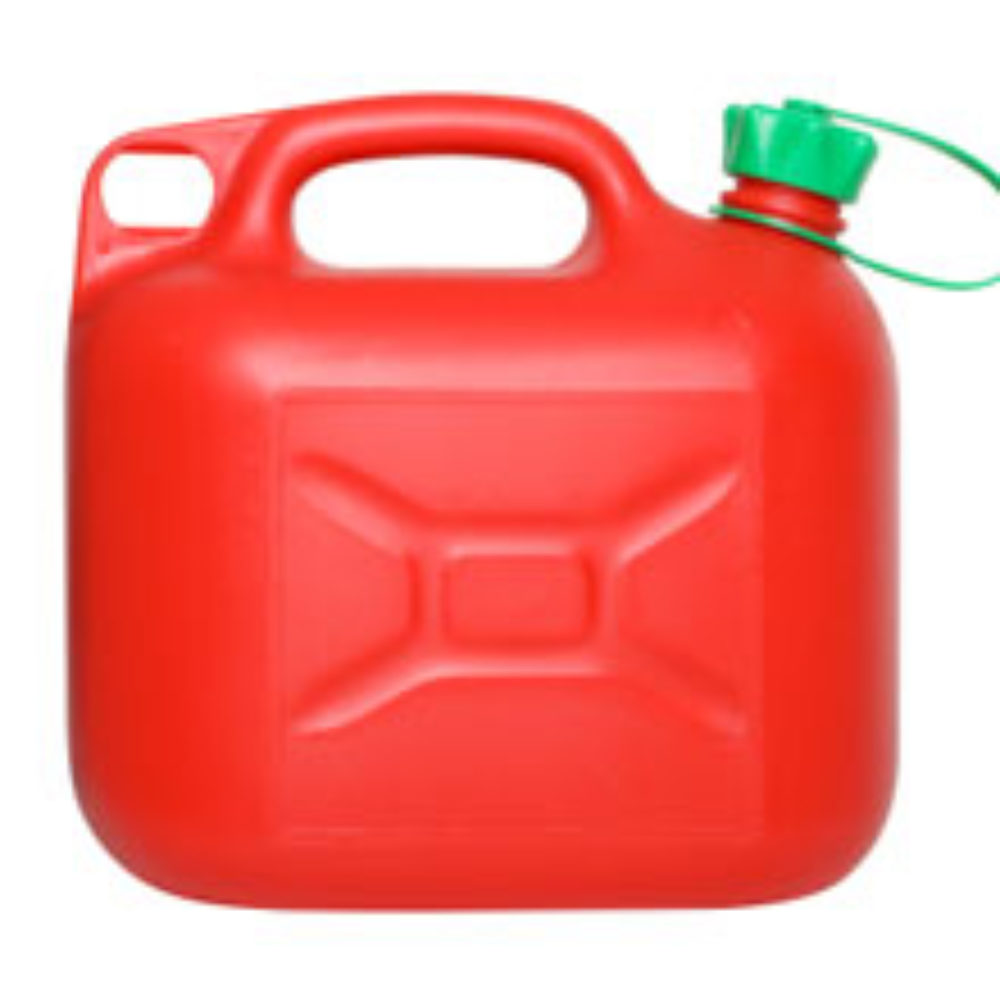Plastic Gas Can Flame Arrestors Needed to Prevent Explosions: CPSC

Following a recent investigative report about the risk of explosions with plastic gas cans, federal safety regulators are calling for manufacturers to use flame arrestors, which add minimal cost and may prevent serious fires and burns for consumers.
A recent investigative report by NBC News focused on the dangers of gas containers, indicating that a number of serious injuries have occurred when the plastic cans exploded. The report also highlighted lab tests done by Worcester Polytechnic Institute (WPI), which found that under certain conditions the gas vapor mixtures can explode inside of the can, causing a flashback explosion to occur.
The gas can explosions occur under very specific conditions, including when there are low volumes of gas in the can, cool temperatures and a specific pouring angle. In such a case, the gas vapor that escapes from the container through the spout may contact an ignition source, causing a flashback inside the can.

Did You Know?
Millions of Philips CPAP Machines Recalled
Philips DreamStation, CPAP and BiPAP machines sold in recent years may pose a risk of cancer, lung damage and other injuries.
Learn MoreFor years it has been known that a simple safety feature known as a flame arrestor, which costs under 50 cents to add to a gas container, may prevent these flames from flashing back into the container. However, many manufacturers do not include flame arrestors in plastic gas cans.
More than 100 million plastic gas cans are in circulation within the United States, with about 20 million sold each year.
Flame arrestors are designed with small holes in the gas can spout, which is a “technology” that has been around for over 200 years. They were originally designed to prevent explosions when coal miners carrying lanterns entered a packet of gas within a mine. Although many gas cans lack flame arrestors, they are common in a number of different products, including certain bottles of Bacardi Rum.
Following the NBC report, the U.S. Consumer Product Safety Commission (CPSC) is calling for manufacturers to add flame arrestors to portable gas cans.
According to reports analyzed by the U.S. CPSC, at least 11 deaths and more than 1,200 emergency visits since 1998 have been linked to gas can explosions while pouring. One victim suffered burns over 75% of his body following an explosion from a gas can flash back. He poured gasoline onto a dry pile of brush. While walking 20 feet to set the gas can down, a spark caused by static electricity created by friction between the gas can and his denim jeans, ignited the flashback explosion.
In a statement, the CPSC said the current design requirements do not include a flame arrestor, which could prevent flash back explosions from occurring.
Gas Can Fire Lawsuits
Dozens of product liability lawsuits have been filed against gas can manufacturers in recent decades, with many resulting in multi-million damage awards as a result of the containers failing to have safety features that may have prevented explosions and extensive injuries.
In 2008, a law was enacted requiring plastic gas cans to have a child resistant cap, which was designed to decrease the risk of children suffering injuries from explosions or spills.
Blitz USA, the largest manufacturer, has been plagued by gas can lawsuits filed over design defects. As a result of damage awards stemming from the sale of gas cans without simple safety features or adequate warnings, Blitz USA filed for bankruptcy last year and was forced to close a factory in Oklahoma.
More recently, lawsuits have named large retailers of plastic gas cans, such as Walmart.
This week, Walmart agreed to contribute about $25 million to a gas can injury settlement, which is part of a proposed $161 million fund to resolve dozens of lawsuits pending against the major retailer and Blitz USA, as part of bankruptcy proceedings involving Blitz.
Manufacturers have resisted many safety changes, arguing that gas cans are safe and that explosions only occur in instances when the consumer is incorrectly using the product. Companies have attempted to defend lawsuits by arguing that warnings printed on gas cans indicate “Vapors can explode,” and “can be ignited by a flame source many feet away.”
The Portable Fuel Container Manufacturers Association (PFCMA) issued a statement following the NBC News report, indicating that it would be “irresponsible” and premature to add arrestors to the gas can design.
WPI was hired to test the safety and efficacy of adding flame arrestors to the cans. Preliminary testing reveals only four designs, out of 12, have passed safety tests. Many fire experts responded, citing gas poured on fire may cause fire to flare up and burn. However, it is the gas can flashback fire which covers the victim in flames and causes severe injuries.
Get more articles like this sent directly to your inbox.
"*" indicates required fields




0 Comments